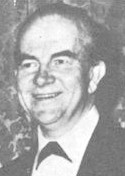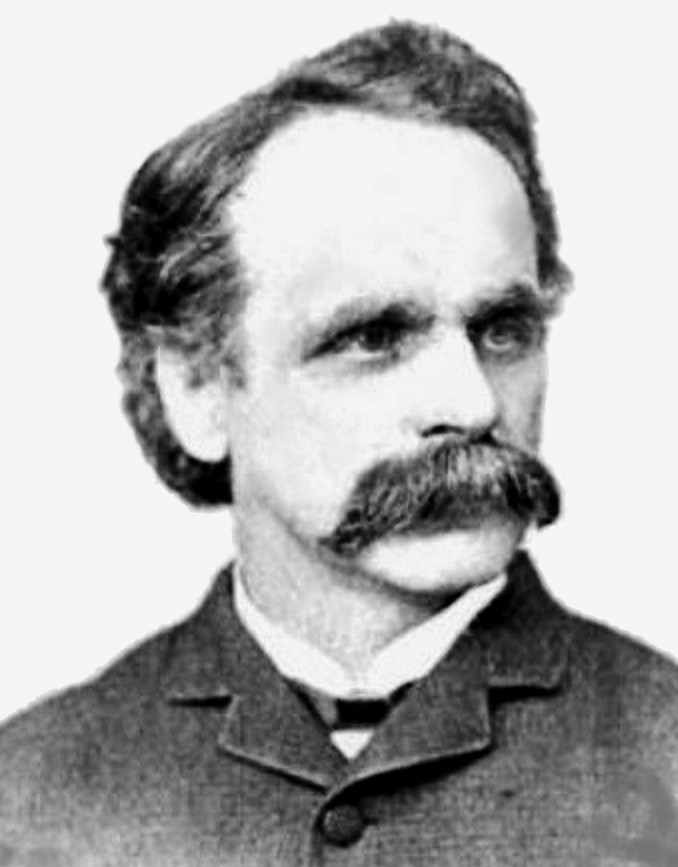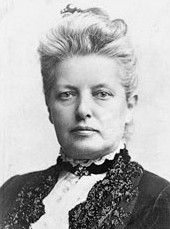 |
GARÉ BARKS (Inspiration to Barks through numerous paintings from their golden years)
Garé was a professional and highly praised painting artist all of
her adult life. She had a special way with vibrant colours,
composition, creativity, photo realism, and visualization that
attracted many buyers. |
 |
PEGGY BARKS (WDCS198 'Knight Ball') Barks' eldest daughter was Peggy. She came up with basic ideas for 6 - later published - stories when she was in her thirties, and her father paid her the handsome sum of 10 dollars per idea. |
 |
WILLIAM 'BILLY' MORGAN DE BECK (Snuffy Smith) I was influenced by art techniques from Billy de Beck and others. I'd idolize one style awhile, then worship another. |
 |
ETHEL
ANDERSON BECKER
(FC0456 Back to the Klondike)
Barks used
ideas (such as the goose egg nugget) from Becker's photographic book
Klondike '98:
Hegg's Album of the 1898 Alaska Gold Rush. |
 |
WALTER HARRISON CADY (Old Mother West Wind)
Cady was an American illustrator and author best known for his Peter
Rabbit newspaper strip called Old Mother West Wind that ran from 1912 to
1960. |
 |
MILTON CANIFF
(Steve Canyon) I liked his drawing up to a point. It seemed to me he began putting too much ink into his stuff after he reached a certain point in which his composition should have been clear. He started putting much more ink into it. I would just lose track of where the characters were. I wish he'd put in a long-shot once in a while, so I could tell where these people are. You're lost in all this ink. |
 |
ALFRED GERALD CAPLIN (aka AL CAPP)
(U$48 The Many Faces of Magica de Spell) It seems quite possible that Barks modelled the gentle faceless people in his story after the self-sacrificing Shmoos from Capp's comic strip Li'l Abner. |
 |
FRANK CAPRA (U$06 'Tralla La') The initial idea was a desire to show a billion of something (in this case it ended up being bottle caps). This was combined with the 1937 Frank Capra movie Lost Horizon which Barks had recently seen so he decided to place his ducks in the unwelcoming mountains of the Himalayas. |
 |
SAMUEL TAYLOR COLERIDGE (WDCS312 The Not-So-Ancient Mariner) Barks refers to a lengthy poem called The Rime of The Ancient Mariner. |
 |
ROY CRANE (Washtubs) I think my drawing style is a mixture of the styles of Gottfredson and Roy Crane and a whole bunch of these comic book and comic strip artists. Occasionally there was some part of a story in which there was a panel that lent itself to a Roy Crane's method of making the backgrounds - of course his style of drawing was nothing like the style of drawing the ducks. |
 |
EDWIN DEAKIN
(Inspiration to Barks through his paintings from the 1960s) Barks owned many books covering some of the themes he later painted. Deakin was best known for his architectural studies, especially the Spanish colonial missons of California, and Barks was fascinated by his artwork which he attempted to imitate. |
 |
RUDOLPH DIRKS (The Katzenjammer Kids)
No funny animal comic book would allow the reader to actually
read the explicit, nasty words that may escape a character when
swearing. So
swearing is often illustrated by substituting text with assorted
symbols: lightning, bombs, stars, skull and crossbones, and much
more, in order to indicate that the character is swearing. Barks
used this method very sparingly. |
 |
MARY ELIZABETH DODGE (WDCS288 Hero of the Dike) Barks was inspired by a story by the author of children's literature. The story is The Hole in the Dike and tells of a Dutch boy who saves a town by sticking his finger in the hole of a flooded dike. |